Expansion of Application Areas
The Smart and Interactive Textile Market is experiencing an expansion of application areas, which is a key driver of growth. Smart textiles are increasingly being utilized in diverse sectors, including sports, military, automotive, and fashion. This diversification allows manufacturers to tap into new markets and create specialized products tailored to specific needs. For instance, smart textiles in sports can enhance performance through real-time data collection, while in the military, they can provide soldiers with critical information about their environment. Recent analyses indicate that the market for smart textiles in the sports sector alone is expected to grow by over 25% in the next five years. This broadening of application areas not only increases market potential but also encourages innovation and collaboration across different industries.
Advancements in Textile Technology
The Smart and Interactive Textile Market is experiencing rapid advancements in textile technology, which significantly enhances the functionality and appeal of textiles. Innovations such as conductive fibers, nanotechnology, and smart sensors are being integrated into fabrics, allowing for interactive features like temperature regulation, moisture management, and health monitoring. According to recent data, the market for smart textiles is projected to reach approximately 5 billion USD by 2026, driven by these technological advancements. This growth indicates a strong consumer interest in textiles that offer more than just aesthetic value, suggesting that the industry is evolving to meet the demands of a tech-savvy population. As these technologies become more accessible, the potential for widespread adoption in various sectors, including healthcare, sports, and fashion, appears promising.
Rising Interest in Sustainable Fashion
The Smart and Interactive Textile Market is significantly influenced by the rising interest in sustainable fashion. Consumers are becoming more environmentally conscious, leading to a demand for textiles made from eco-friendly materials and processes. This shift is prompting manufacturers to explore sustainable practices, such as using organic fibers and recycling old textiles. Recent data indicates that the sustainable fashion market is projected to grow by over 9% annually, reflecting a shift in consumer preferences towards responsible consumption. This trend not only aligns with the values of modern consumers but also encourages innovation within the smart textile sector, as companies strive to develop products that are both functional and environmentally friendly. The integration of sustainability into smart textiles may enhance their marketability and appeal.
Growing Demand for Health Monitoring Solutions
The Smart and Interactive Textile Market is witnessing a growing demand for health monitoring solutions, particularly in the context of an aging population and increasing health awareness. Smart textiles equipped with sensors can monitor vital signs, track physical activity, and even detect falls, making them invaluable in healthcare settings. Recent statistics indicate that the wearable health technology market is expected to grow at a compound annual growth rate of over 20% in the coming years. This trend suggests that consumers are increasingly seeking textiles that not only provide comfort but also contribute to their health and well-being. As a result, manufacturers are likely to invest in research and development to create innovative products that cater to this burgeoning market segment.
Increased Investment in Research and Development
The Smart and Interactive Textile Market is benefiting from increased investment in research and development. As competition intensifies, companies are allocating more resources to innovate and improve their product offerings. This investment is crucial for developing new technologies that enhance the functionality of smart textiles, such as improved durability, washability, and user-friendliness. Recent reports suggest that R&D spending in the textile sector is expected to rise by approximately 15% over the next few years, indicating a strong commitment to innovation. This focus on R&D not only fosters technological advancements but also positions companies to better meet the evolving needs of consumers, thereby driving growth in the smart textile market.


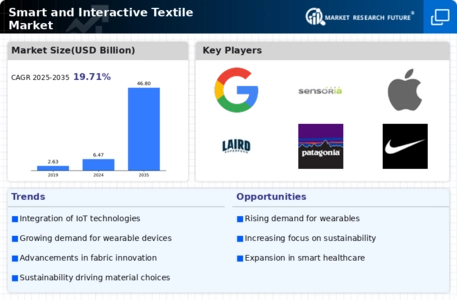

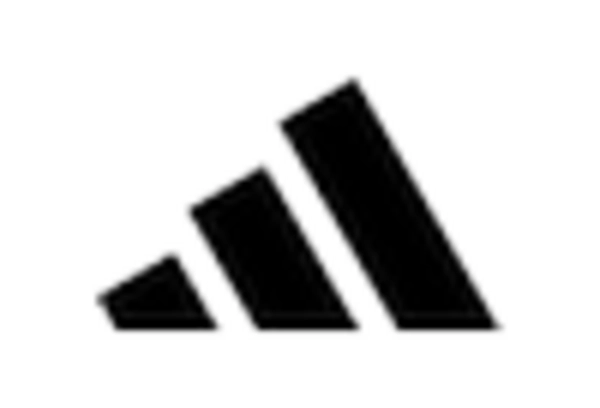

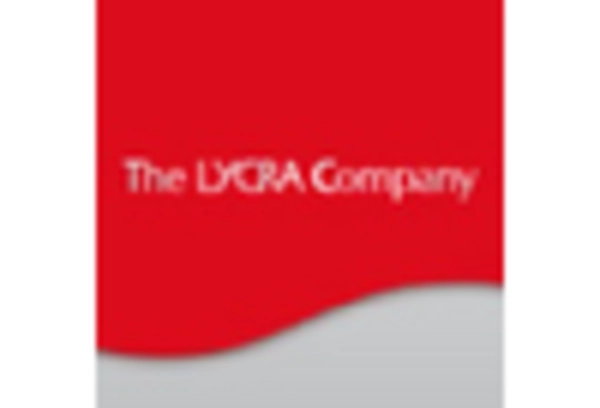

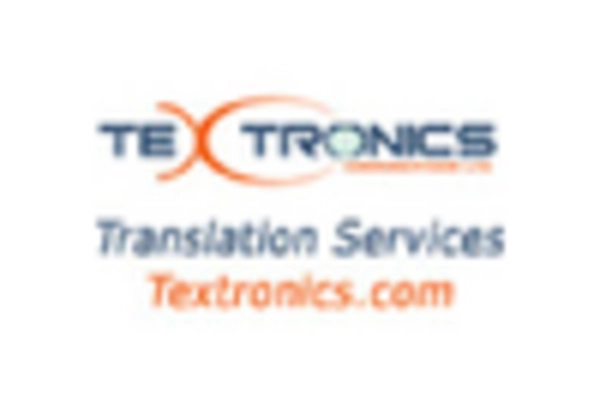
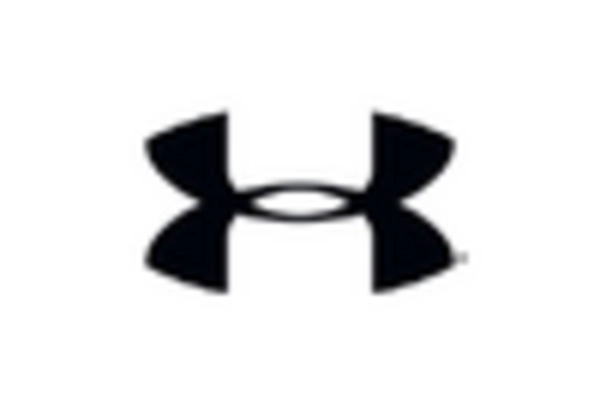








Leave a Comment